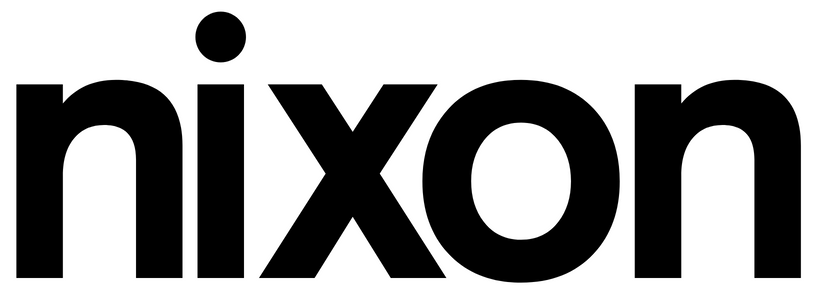Posted by Tamsyn Strike
Stock images can be a lifesaver, especially if you need a quick pic for a social media post. But sometimes finding the right photo is a challenge. Here are some tips to help you source stock images, covering everything from the best stock image sites to uploading photos and optimising them for search engines.
Some initial things to consider
Choose relevant images
The images you use on your website or online marketing need to appeal to your target audience, so it’s essential to pick images that fit your brand identity. For instance, if your brand personality is friendly and informal, don’t go for overly clinical or corporate images.
Don’t use cheesy stock images
Some stock images look so staged that they don’t have any personality at all. People often overlook these images, assuming the content attached will be just as superficial. Even if someone finds your content valuable, a really bad pic can put them off sharing it. Instead, pick photos that will engage your customers and create conversation.
Use high-quality, high-resolution images
Since the rise of the smartphone it’s become increasingly easy to take beautiful, high-resolution photographs, and there are thousands of good-quality stock images available online. There’s no real excuse for using low-resolution images, so make sure you check the quality of any image you intend to use.
Stay within the law
It goes without saying that using unlicensed photos, or using an image without the owner’s permission, is a big no-no. We know you lovely lot would never do this on purpose, so be sure to get all the licensing details.
Where to find stock images
Paid stock photo websites
Most paid-for stock images are under a standard licence, which lets you use your file in a wide variety of projects, but it’s worth checking that you don’t need an extended licence. Extended licences are sometimes needed for large print runs and for physical products.
As licence types can change from site to site, it’s always worth reading up before you make your purchase. Some stock image websites work by annual or monthly subscriptions, while others offer an on-demand payment option. Here’s a list of some of our favourite paid-for stock sites:
Free stock photo websites
There’s a growing number of websites offering beautiful stock photography free from copyright restrictions and licensed under a creative commons public domain (CC0) dedication. This means you can copy, modify, distribute and use the images for commercial purposes without seeking permission. These are the free stock image sites that we tend to use:
Tips for finding the perfect image
When searching for a stock image, start with simple keywords that cover who, what, when or where. Most stock websites then allow you to refine your search by type of image, colour, orientation, category and more.
Sometimes being too specific can limit your search results. If you’re not getting many results, try removing a word or two and see if that makes a difference. You can also look at the descriptions or tags used on the images you like to pick out other potential keywords.
Resizing images
Once you’ve found and downloaded your image, it’s time to roll it out. First you’ll need to make sure it’s the right size for its intended use. For example, the optimal size for a Twitter image is 880 pixels by 440 pixels, while a Facebook ad should be 1200 pixels by 628 pixels. If you’re using the image on your website, you’ll need to resize it to match your site design.
As well as the dimensions, you also need to consider the file size. Large files can make a page sluggish, which can irritate users and damage search engine optimisation (SEO). You want to balance quality and compression, making sure the file is fairly small but the image is still high resolution. As a rule of thumb, a background image should be under 5KB, and an image on a page should around 70KB, depending on the dimensions.
Naming images
Next it’s time to save your resized image with a new file name. This is important for both general organisation and for SEO. Search engines not only search through text on webpages, but they also search for keywords within image file names. Creating descriptive, meaningful file names is crucial for search engine optimisation.
Aim to make your image file names easy for Google to understand. Naming an image 'img12874.jpg' is meaningless. Naming the image 'puppy.jpg' gives search engines something to go on, and naming the image 'dalmatian-puppy.jpg' is even better, as it’s both specific and concise.
Don’t write excessively long file names or stuff them with keywords, as search engines may regard the images as spam.
Use keyword-rich alt text
When you come to upload the image, make sure you enter alt text. Alt text is a text alternative for images when a web browser can’t properly render them, and acts as a description of the image for those who are visually impaired.
It’s also good for SEO, as search engines crawl alt tags for keywords and phrases. You’ll need to strike a balance between SEO and user experience by describing the photo in simple yet keyword-rich language. This sounds far more complicated than it is – if you’re using keywords relevant to the image, they should occur naturally in a simple description.
So, there you go. From start to finish you now know how to source stock images.

